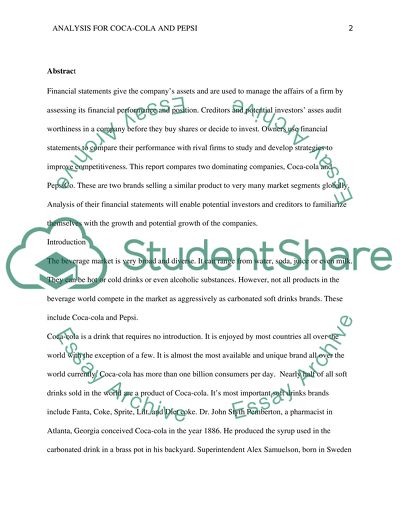Cite this document
(“You Are An Investment Analyst Essay Example | Topics and Well Written Essays - 1750 words”, n.d.)
Retrieved from https://studentshare.org/finance-accounting/1671554-you-are-an-investment-analyst
Retrieved from https://studentshare.org/finance-accounting/1671554-you-are-an-investment-analyst
(You Are An Investment Analyst Essay Example | Topics and Well Written Essays - 1750 Words)
https://studentshare.org/finance-accounting/1671554-you-are-an-investment-analyst.
https://studentshare.org/finance-accounting/1671554-you-are-an-investment-analyst.
“You Are An Investment Analyst Essay Example | Topics and Well Written Essays - 1750 Words”, n.d. https://studentshare.org/finance-accounting/1671554-you-are-an-investment-analyst.


